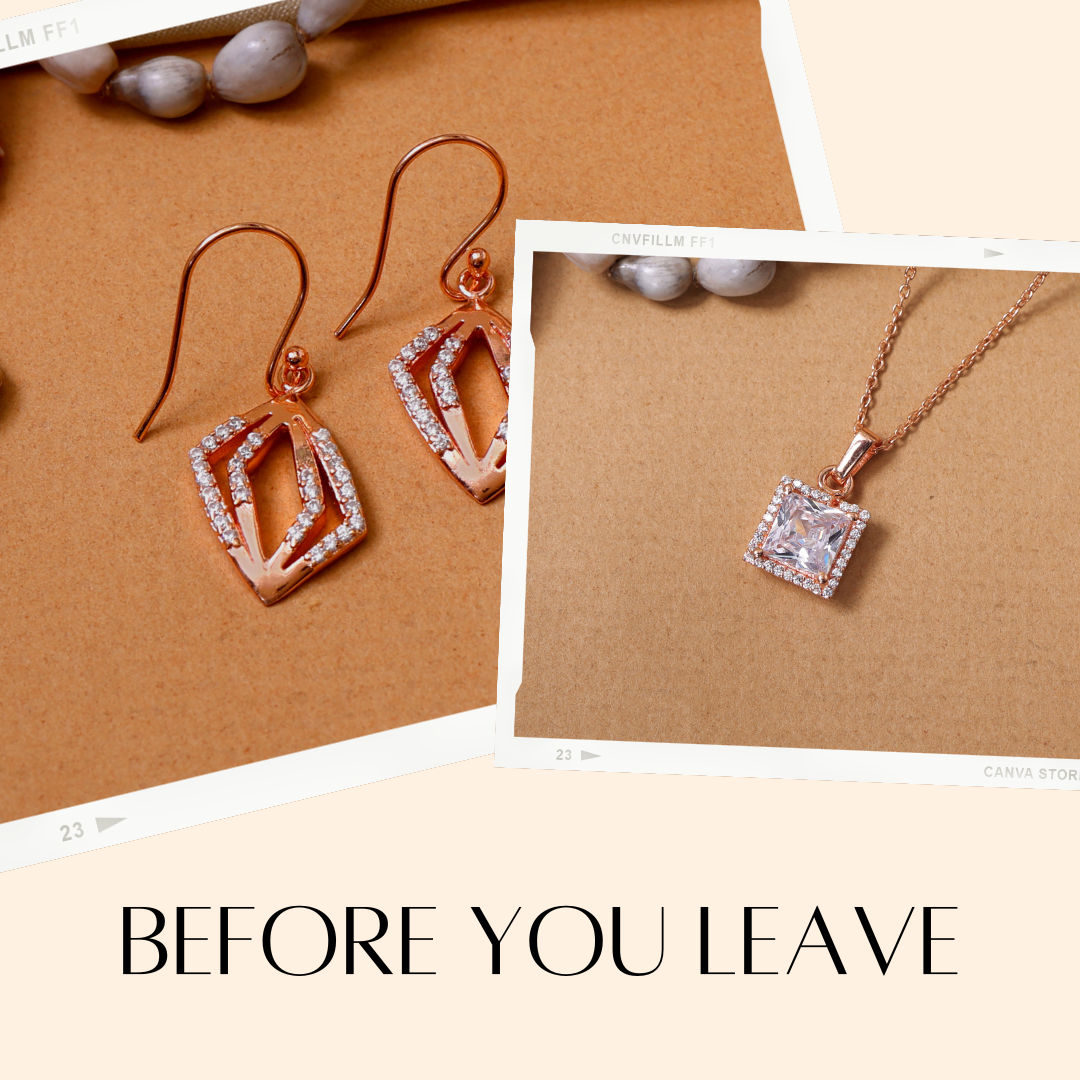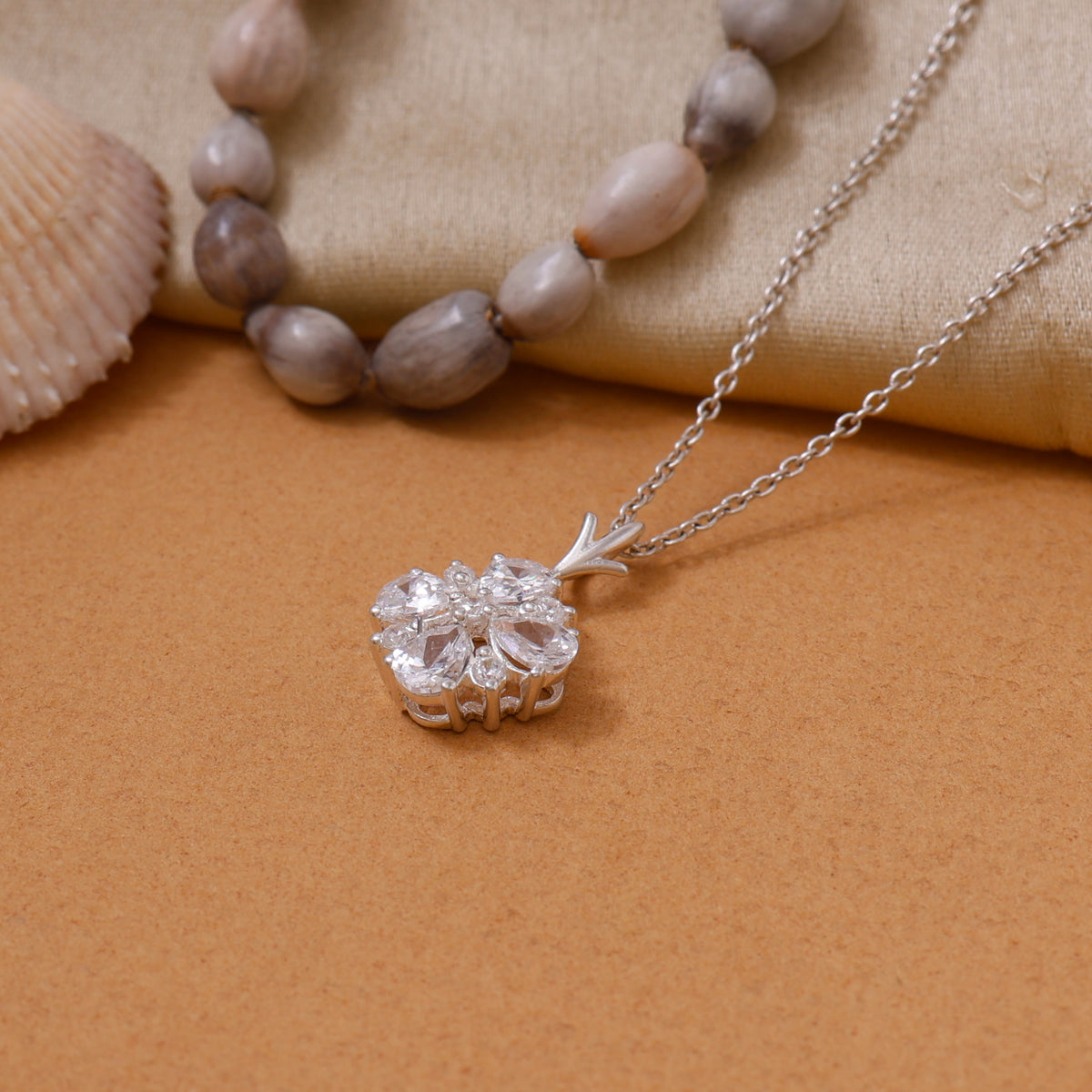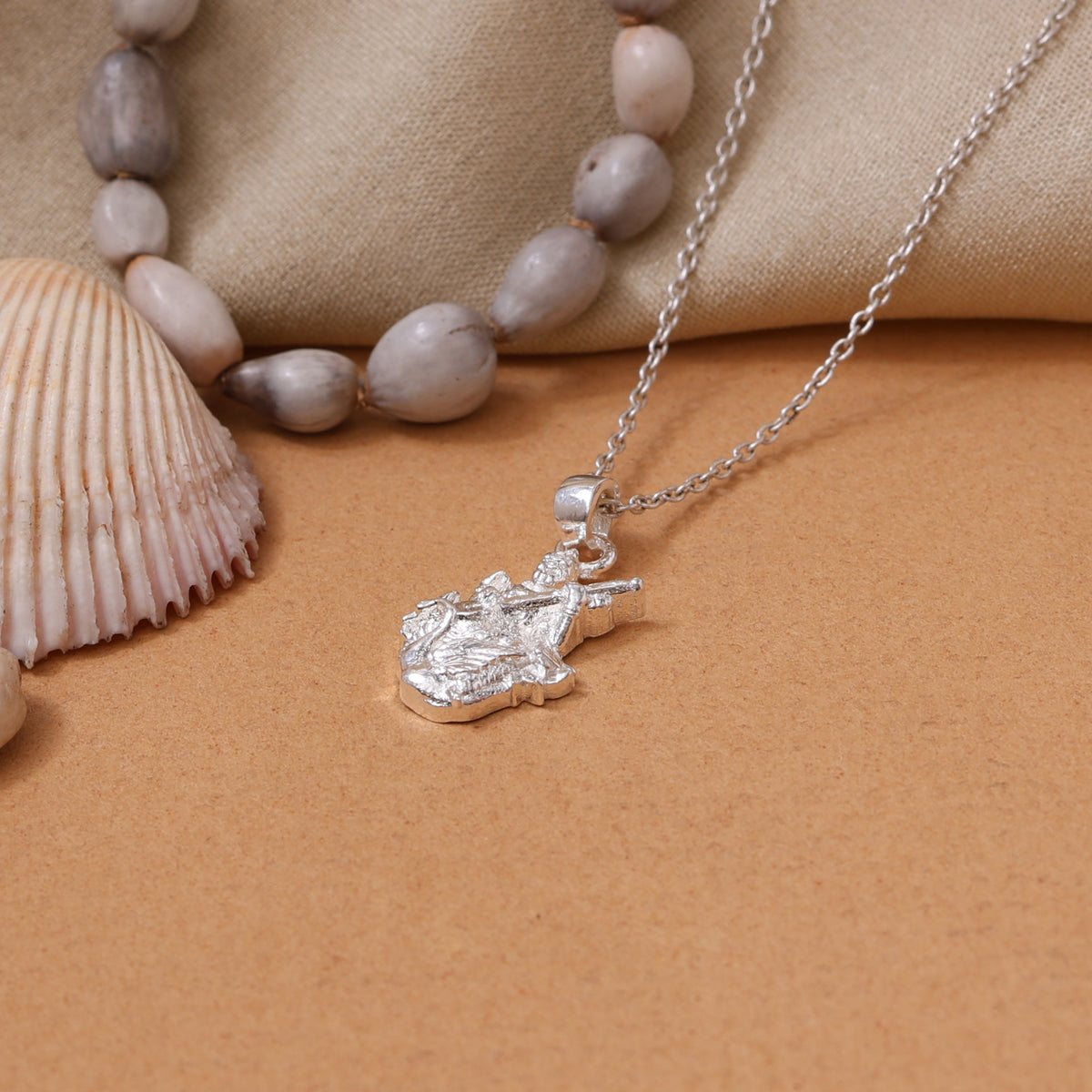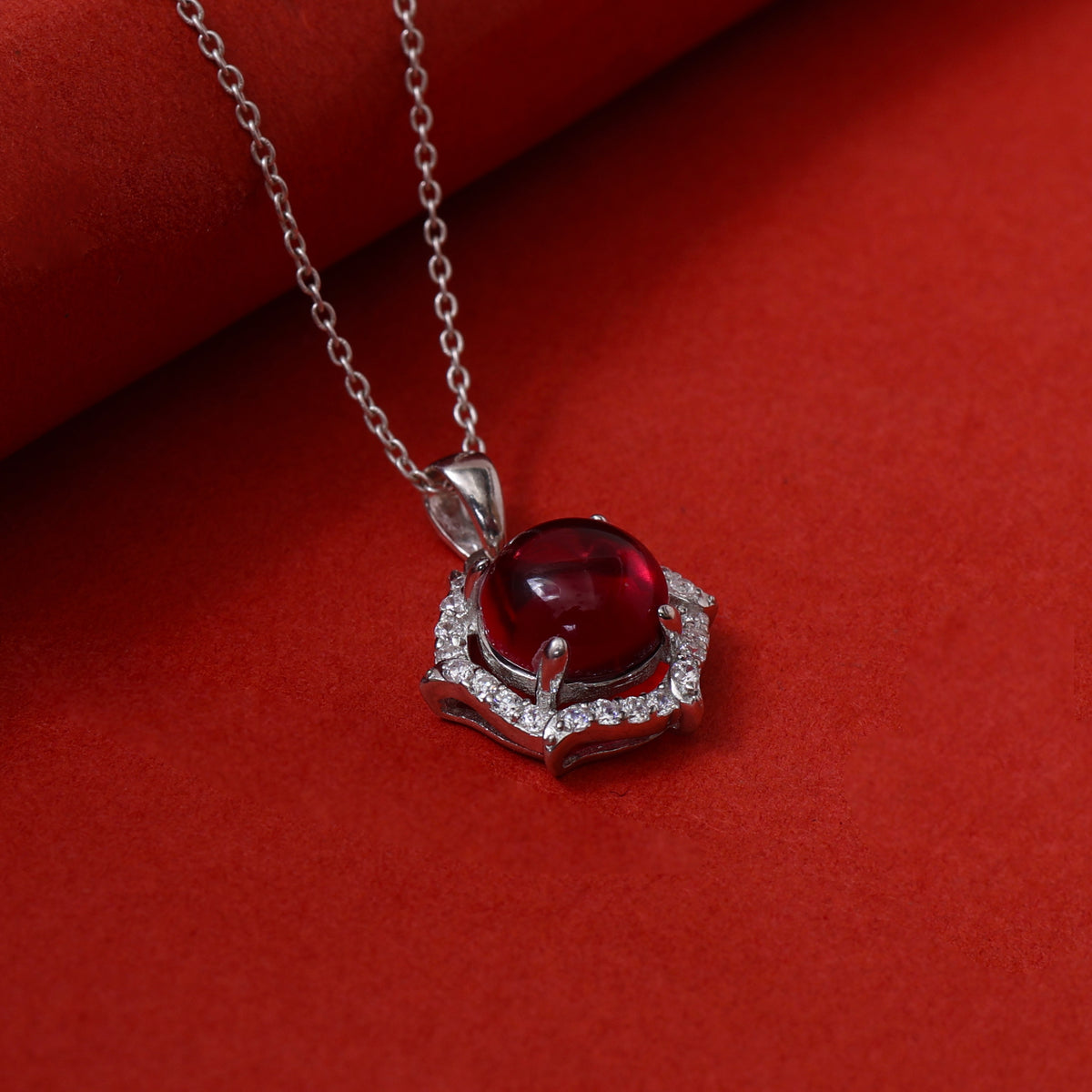Are you curious about how 925 silver jewellery is made? In this blog post, we will take you through the manufacturing process of 925 silver jewellery on an order basis. Whether you are a jewellery enthusiast or a potential customer, understanding the process behind the creation of these exquisite pieces can enhance your appreciation for their craftsmanship and quality.
What is 925 Silver?
Before diving into the manufacturing process, let's first understand what 925 silver is. 925 silver, also known as sterling silver, is an alloy made up of 92.5% pure silver and 7.5% other metals, usually copper. This combination gives the silver added strength and durability, making it ideal for crafting intricate jewellery pieces.
Designing and Prototyping
The first step in manufacturing 925 silver jewellery on an order basis is the design phase. Skilled jewellery designers work closely with clients to bring their vision to life. Using computer-aided design (CAD) software, they create detailed 3D models of the desired jewellery piece.
Once the design is finalized, a prototype is created. This can be done through traditional handcrafting techniques or by using 3D printing technology. The prototype serves as a tangible representation of the final product, allowing the client to make any necessary adjustments before moving forward.
Casting and Molding
Once the design and prototype are approved, the manufacturing process moves on to casting and molding. A mold is created based on the prototype, which will be used to shape the silver into the desired form. The mold is typically made from a heat-resistant material such as plaster or silicone.
The 925 silver is then melted down and poured into the mold. As it cools, it solidifies and takes on the shape of the mold. This process ensures that each piece of jewellery is uniform and precise.
Filing, Polishing, and Finishing
After the casting process, the jewellery pieces are carefully removed from the mold. They may have rough edges or imperfections that need to be addressed. Skilled craftsmen use files and sandpaper to smooth out any rough surfaces and refine the shape of the jewellery.
Once the filing process is complete, the jewellery goes through a series of polishing steps to achieve a high shine. Polishing wheels and compounds are used to remove any remaining scratches or blemishes, resulting in a flawless finish.
Finally, the jewellery is thoroughly cleaned to remove any polishing residue and undergoes a quality control inspection to ensure it meets the highest standards.
Order Basis Manufacturing
One of the unique aspects of manufacturing 925 silver jewellery on an order basis is that each piece is made specifically for the customer. This allows for customization and personalization, ensuring that the jewellery meets the client's preferences and requirements.
Whether it's a custom engagement ring, a personalized necklace, or a one-of-a-kind bracelet, the manufacturing process is tailored to the individual's desires. Skilled artisans work diligently to bring the client's vision to life, resulting in a truly unique and meaningful piece of jewellery.
Now that you have a better understanding of the manufacturing process behind 925 silver jewellery on an order basis, you can appreciate the craftsmanship and attention to detail that goes into creating these stunning pieces. The next time you wear a piece of 925 silver jewellery, you'll have a deeper appreciation for the artistry and skill that went into its creation.











Leave a comment